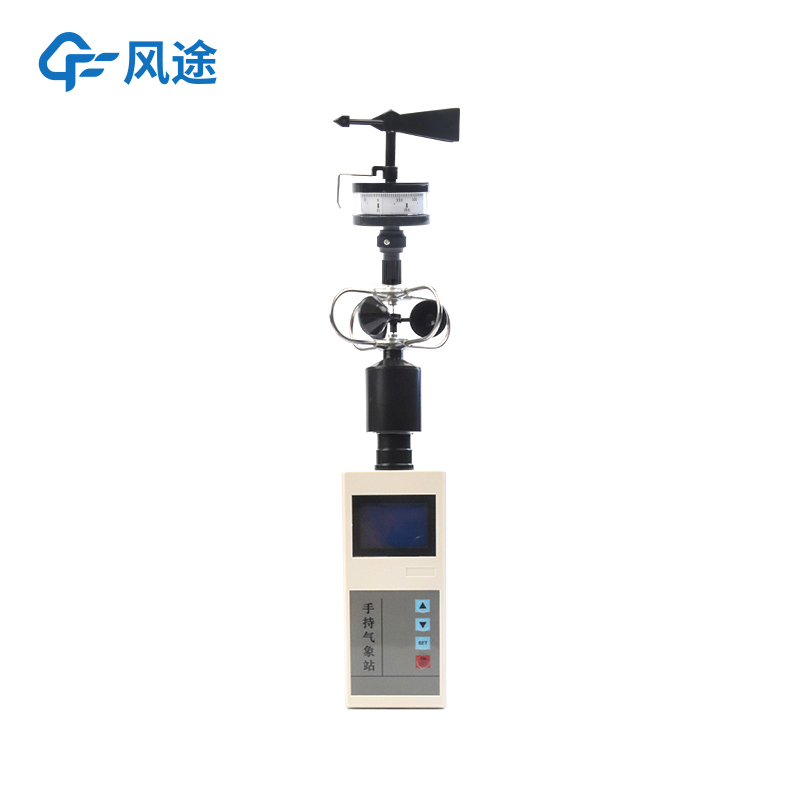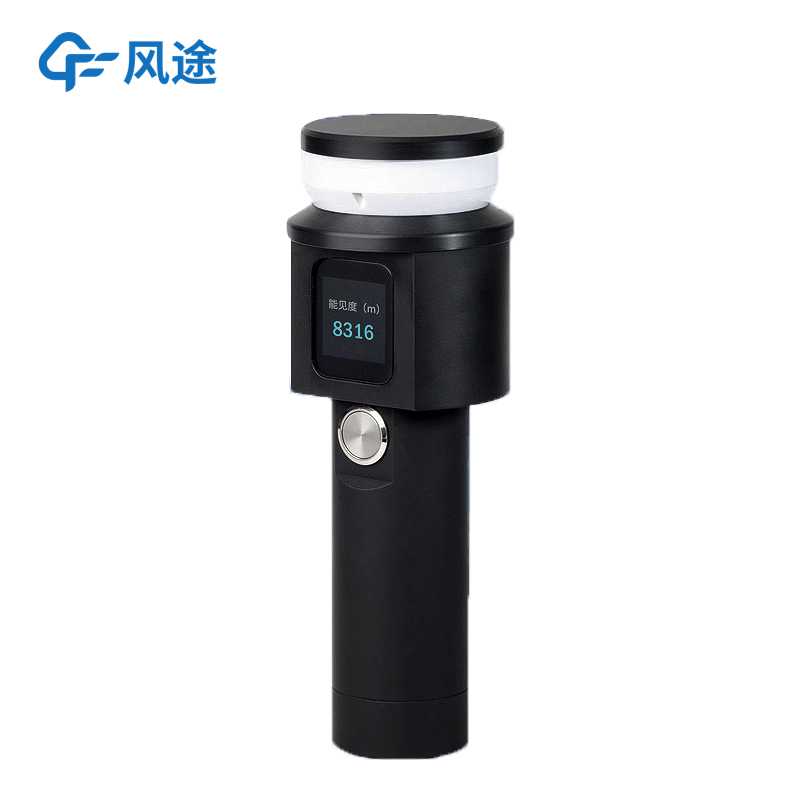Wind is invisible and inaudible, yet its power should not be underestimated. It is generated by the uneven heating of the Earth's surface by the sun. The equator is hot while the poles are cold, and there are differences in the absorption and dissipation of heat between the land and the sea, which triggers air convection. Coupled with the rotation of the Earth, winds in the Northern Hemisphere are deflected to the right, while those in the Southern Hemisphere are deflected to the left.
Wind is a "versatile hand" in the Earth's ecology. It can balance the climate, shape the landforms and help living organisms reproduce. However, sometimes it can also cause great disasters. Typhoons are bred over warm tropical ocean surfaces. Once they make landfall, their water vapor supply is cut off and they consume energy due to friction, and then gradually dissipate. When the continent is hot and dry, the mixture of air convection and wind shear tends to give birth to tornadoes.
Humans have been cleverly interacting with wind all along. In ancient times, people used wind sails for sailing and windmills for work. Nowadays, we rely on wind power to generate electricity. Now, wind measurement is extremely precise, and there are also naming rules for typhoons. Wind energy is clean and renewable, and it is flexible in terms of land occupation, with many advantages.
So, how to accurately measure wind speed and direction?
Let's first talk about those traditional tools. There is a cup anemometer, which looks like a small windmill with several small bowls attached. When the wind blows, the small bowls spin rapidly. The faster they spin, the stronger the wind is. It is often used in meteorological stations. Although it is simple, the measurement error of wind speed is only about 3% to 5%. There is also a vane anemometer, whose shape is somewhat like an airplane wing. When the wind passes by, the wing moves accordingly. It can not only measure the wind speed but also roughly estimate the wind direction, with an accuracy of about 2% to 4%. Furthermore, there is a hot-wire anemometer. A thin metal wire is electrified to generate heat. When the wind blows, the heat is taken away and the resistance changes accordingly. It is very sensitive to changes in the wind, and its accuracy is approximately 1% to 3%.
How to measure the wind direction? The wind vane comes in handy. It is like a big arrow. Wherever the wind blows, the arrow points in that direction. Generally, the error is around 5 degrees. If the wind is too strong or changes frequently, it may be slightly less accurate.
Nowadays, with the development of science and technology, there are better instruments. The ultrasonic anemometer works based on ultrasonic waves. By analyzing information such as how fast the ultrasonic waves travel in the wind and how long it takes them to arrive, the wind speed and direction can be obtained. It has no wearable parts and can measure the wind speed accurately to within 0.1 to 0.3 meters per second, with an error in wind direction of only about 1 degree.
There is also a lidar. Laser beams are emitted from the instrument. When the laser beams hit small particles in the air and bounce back, scientists can calculate the wind speed and direction based on this. Even in complex mountainous areas or on the sea, it can measure the wind clearly over long distances and large areas. The error in wind speed is approximately 0.5 to 1 meter per second, and the error in wind direction is about 3 degrees.
Currently, the meteorological station manufacturer Fengtu has also launched professional Wind Speed Measuring Devices. Let's take a look together.
Handheld Wind Speed Measuring Devices
Model: FT-SQ2
It integrates the measurement of wind direction and wind speed. The precision sensor combined with the intelligent chip ensures accurate data. The measurement accuracy within the wind speed range of 0 - 30m/s reaches ±0.3, and the accuracy of the 16 wind direction positions is ±1 position. The 2.1-inch screen clearly displays the wind speed, and the specially designed wind direction dial and pointer indicate the wind direction in real time.
It has powerful storage capacity, with a large capacity of 40,000 records. The data recording interval can be set from 1 to 60 minutes. The universal USB interface makes it convenient to export data. It is powered by three No. 5 dry batteries, with low power consumption and long standby time. The whole machine is lightweight and compact, and is applicable to multiple fields such as meteorology, agriculture and forestry.
Precautions for use: Turn on the device and clean the storage as needed, export data in a timely manner, operate in a standardized manner, prevent battery leakage, avoid harmful environments, do not disassemble it without authorization, and keep the certificate properly for maintenance.

Handheld Ultrasonic Wind Speed Measuring Devices
Model: FT-SQ2A
It accurately measures wind speed and direction based on the ultrasonic time difference method. There is no blind area for wind speed within the range of 0 - 40m/s and wind direction within the range of 0 - 359°, with accuracies reaching ±5% and ±3° respectively, and resolutions of 0.1m/s and 1°.
The product has many highlights. It has no moving parts, requires no maintenance and has a long service life. It adopts a compact reflective design of ultrasonic probes and is internally powered by a detachable 18650 rechargeable lithium battery. It has a built-in display screen to present data in real time, and also has a built-in Bluetooth module. When paired with a dedicated APP, it allows mobile phones to receive information. It can store data for up to 365 days. The outer casing is lightweight and sturdy, weighing only 0.85kg. The specially designed handle is convenient for single-handed holding. It is applicable to multiple scenarios such as handheld meteorological multi-element detection, mobile inspection, power and marine navigation detection, and urban environmental monitoring.

Article address:https://www.sqqx.net/en/news/517.html

 +86 15898932201
+86 15898932201



